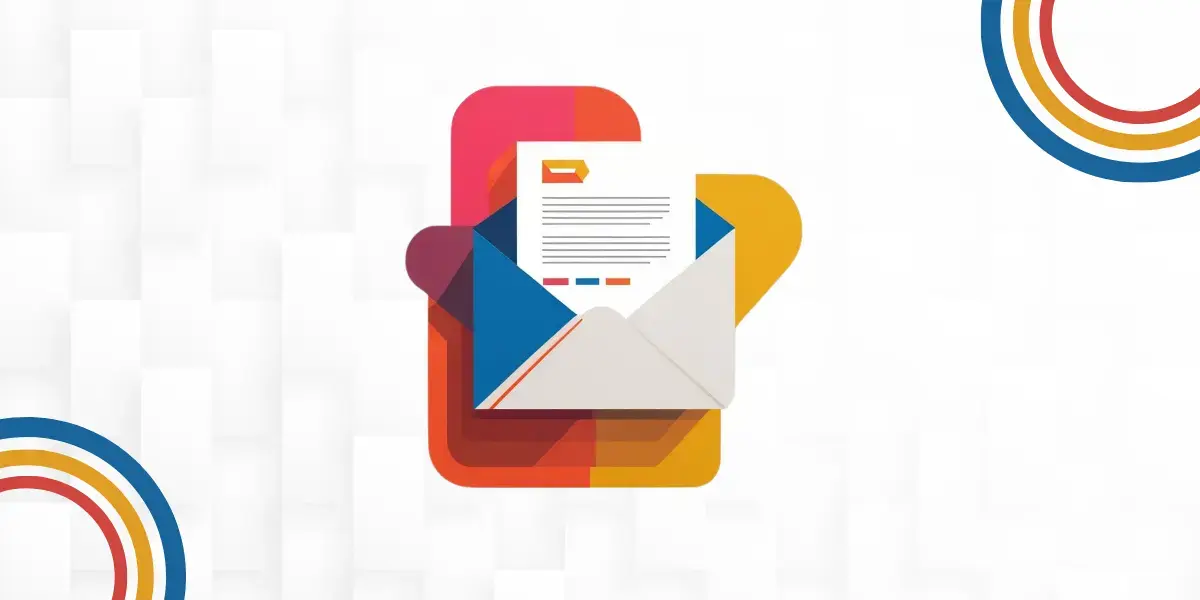How to Write Marketing Emails That Get Results

Understanding Your Audience

Segment Your Email List
Segmentation involves dividing your email list into smaller groups based on specific criteria to send targeted content. Common segmentation factors include demographics (age, gender, location), purchase history, engagement levels (open rates, clicks), and interests based on past interactions. For example, an online retailer might send loyalty rewards to recent buyers, re-engagement offers to lapsed customers, or welcome discounts to new subscribers. According to SendGrid, segmenting by purchase history or open times can significantly boost engagement.
Personalise Your Emails
Personalisation goes beyond using a recipient’s name. It involves leveraging data to create relevant content, such as recommending products based on past purchases. Research indicates that personalised emails can improve click-through rates by 13% and revenue by 41%, as cited in Sixth City Marketing. Use customer data thoughtfully to ensure personaliSation feels genuine and not overly intrusive.
Crafting Compelling Subject Lines
-3.webp)
Keep It Short and Impactful
Create Urgency or Curiosity
Incorporate action-oriented words or phrases that spark curiosity or urgency. For example, “Limited Time: 50% Off Today!” or “Discover Our Exclusive Offer” can entice recipients to open the email.
Avoid Spam Triggers
Test Different Approaches
Writing Effective Email Copy

Focus on Benefits
Highlight how your product or service benefits the reader rather than listing features. For example, instead of “Our tool has advanced analytics,” say “Gain insights to grow your business faster.”
Use a Conversational Tone
Write as if speaking to a friend, using “you” and “your” to make the email personal. Keep sentences short and avoid jargon for clarity, as recommended by Fulcrumtech.
Make It Scannable
Readers often skim emails, so use short paragraphs, bullet points, and subheadings. For example:
- Save Time: Our solution streamlines your workflow.
- Boost Results: Proven strategies to increase sales.
- Act Now: Limited offer ends soon.
Include a Clear Call to Action (CTA)
Every email should have a single, clear purpose, reflected in the CTA. Use action-oriented verbs like “Shop Now” or “Learn More” to prompt immediate action.
Proofread Thoroughly
Typos or broken links can harm credibility. Double-check your copy before sending to ensure professionalism.
Designing Your Email for Impact
-1.webp)
Maintain Brand Consistency
Optimise for Mobile
Use Images Strategically
High-quality images can enhance your message, but optimise them for fast loading and include ALT text for accessibility. Balance image-to-text ratios to avoid spam filters.
Consider Dark Mode
As 80% of users switch to dark mode, ensure your email adapts with transparent images and an appropriate colour scheme, according to GetResponse.
Make CTAs Visually Distinct
Place CTAs above the fold, using contrasting colours and whitespace. Avoid image-based CTAs, as they may not display if images are blocked.
Testing and Optimising Your Emails
-1.webp)
Conduct A/B Tests
Test one element at a time, such as subject lines or CTAs, to identify what drives better results. SendGrid recommends ensuring a significant sample size for accurate insights.
Track Key Metrics
Monitor open rates, click-through rates, conversion rates, and unsubscribe rates to gauge performance. These metrics reveal what’s working and what needs adjustment.
Use Analytics Tools
Most email marketing platforms provide analytics to track subscriber behaviour. Use these insights to optimise future campaigns.
Iterate Based on Data
Adjust your strategy based on test results, such as tweaking send times or refining copy, to improve engagement over time.
Compliance and Best Practices
-1.webp)
Follow Regulations
Comply with laws like CAN-SPAM (US) Hawkins, or GDPR (Europe), which require clear unsubscribe options and transparent sender information.
Maintain a Clean Email List
Regularly remove inactive or invalid email addresses to improve deliverability. SendGrid suggests quarterly cleanups to maintain list health.
Use Double Opt-In
Require subscribers to confirm their sign-up to ensure genuine interest, reducing spam complaints.
Provide Value
Offer valuable content, such as educational insights or exclusive deals, to keep subscribers engaged and reduce unsubscribes.
Be Transparent
Use a recognisable sender name and avoid deceptive subject lines to build trust with your audience.
Conclusion
Senior RevOps Strategist at Hubxpert

Fazle Rabbi
Table of Contents:
Subscribe to our newsletter

HubSpot: Elevating Bangladeshi Consultancies Beyond Excel
Our 2024 Beginner's Guide to Revenue Attribution Models explains key models & helps you choose the right one to optimize campaigns & boost ROI.

Why Bangladeshi Consultancies Lose 30% of Leads—and How to Fix It
Our 2024 Beginner's Guide to Revenue Attribution Models explains key models & helps you choose the right one to optimize campaigns & boost ROI.

Bangladeshi Study-Abroad Marketing: Converting Social Media into Leads
Our 2024 Beginner's Guide to Revenue Attribution Models explains key models & helps you choose the right one to optimize campaigns & boost ROI.

Best CRM for Education Businesses in Bangladesh
Our 2024 Beginner's Guide to Revenue Attribution Models explains key models & helps you choose the right one to optimize campaigns & boost ROI.

Modern Sales Systems That Actually Convert for Bangladeshi Consultancies
Our 2024 Beginner's Guide to Revenue Attribution Models explains key models & helps you choose the right one to optimize campaigns & boost ROI.

What I Learned Helping Healthcare Businesses Fix Their Sales & Marketing Process
Discover how connected CRM systems like HubSpot can transform healthcare sales and marketing processes, improving patient engagement, reducing no-shows, and streamlining workflows.
-

HubSpot: Elevating Bangladeshi Consultancies Beyond Excel
Discover how businesses are using HubSpot to streamline marketing efforts, boost lead generation, and drive sustainable growth through data-driven strategies.
Marketing -

Why Bangladeshi Consultancies Lose 30% of Leads—and How to Fix It
Discover how businesses are using HubSpot to streamline marketing efforts, boost lead generation, and drive sustainable growth through data-driven strategies.
Marketing -

Bangladeshi Study-Abroad Marketing: Converting Social Media into Leads
Discover how businesses are using HubSpot to streamline marketing efforts, boost lead generation, and drive sustainable growth through data-driven strategies.
Marketing -

Best CRM for Education Businesses in Bangladesh
Discover how businesses are using HubSpot to streamline marketing efforts, boost lead generation, and drive sustainable growth through data-driven strategies.
Marketing -

Modern Sales Systems That Actually Convert for Bangladeshi Consultancies
Discover how businesses are using HubSpot to streamline marketing efforts, boost lead generation, and drive sustainable growth through data-driven strategies.
Marketing -

What I Learned Helping Healthcare Businesses Fix Their Sales & Marketing Process
Discover how businesses are using HubSpot to streamline marketing efforts, boost lead generation, and drive sustainable growth through data-driven strategies.
General




